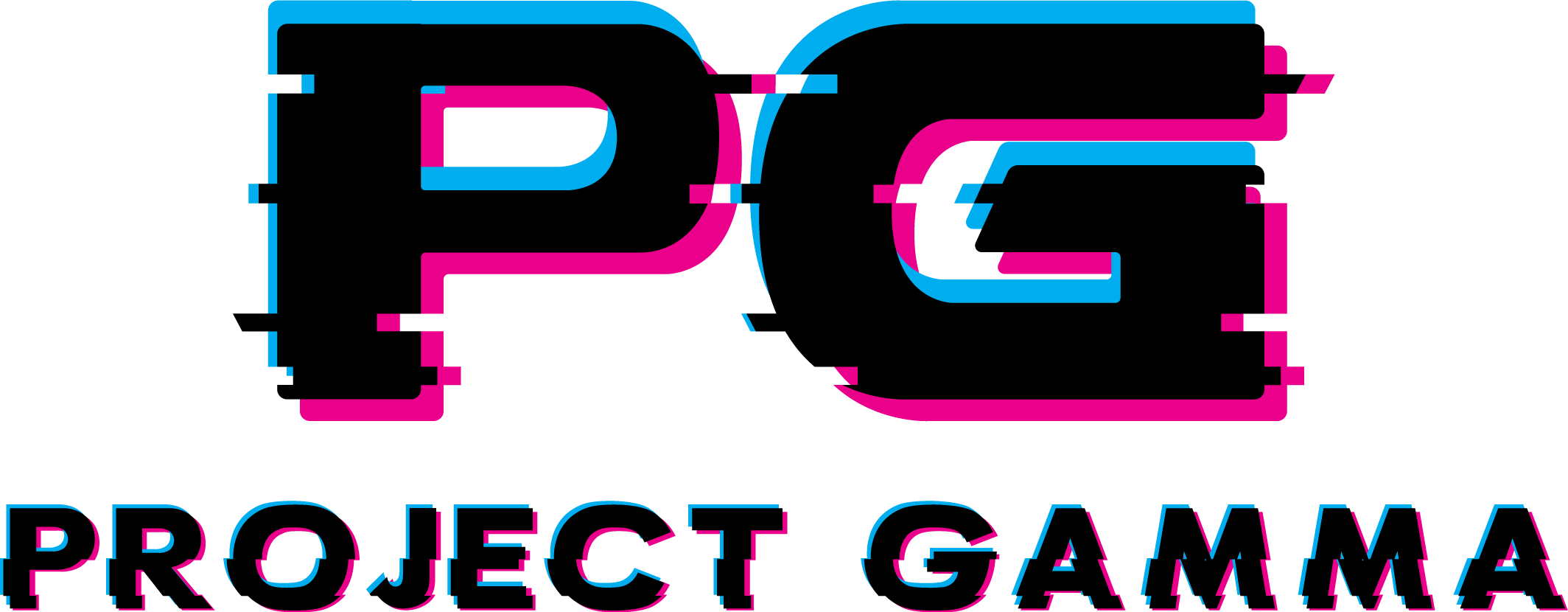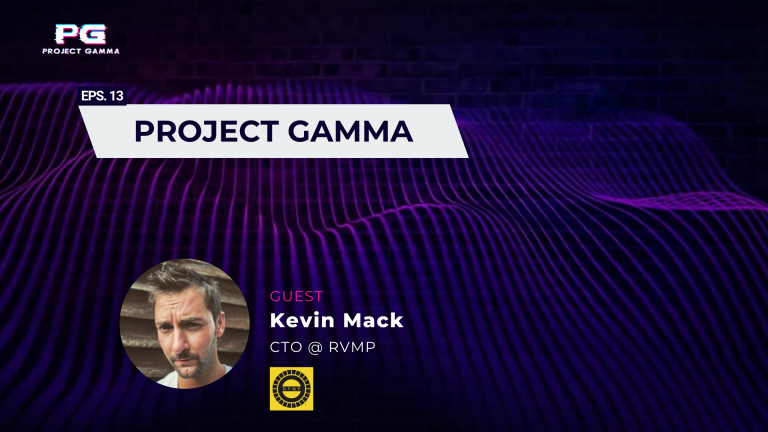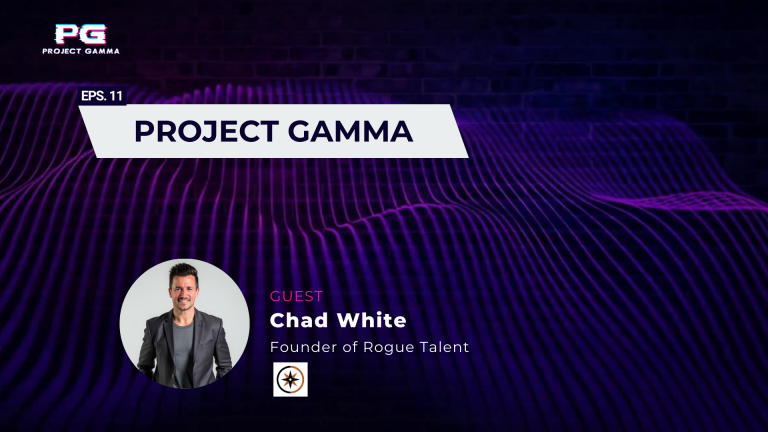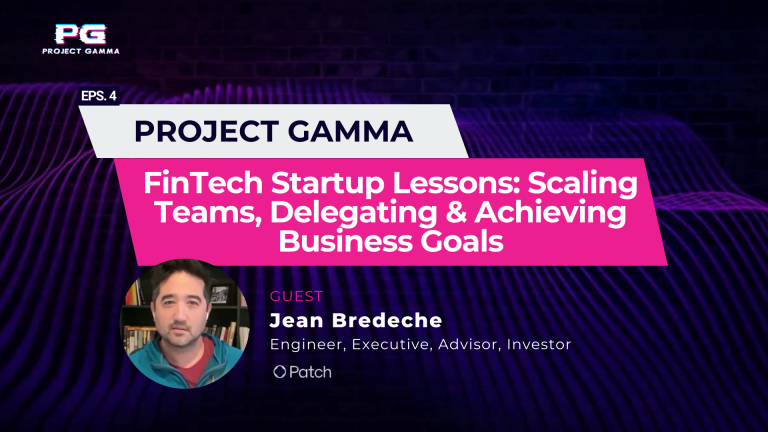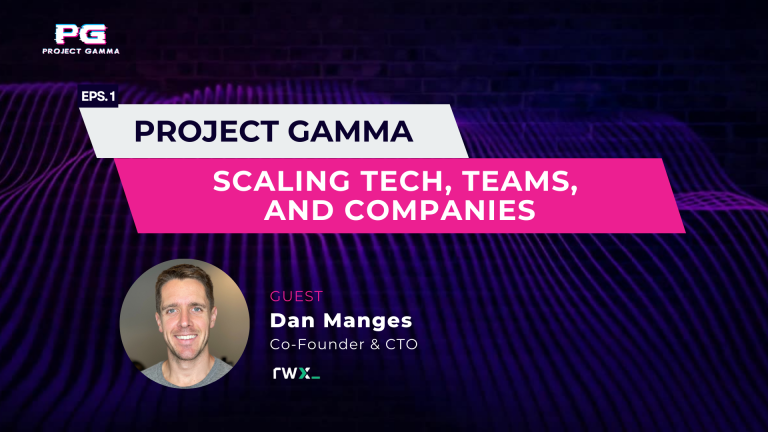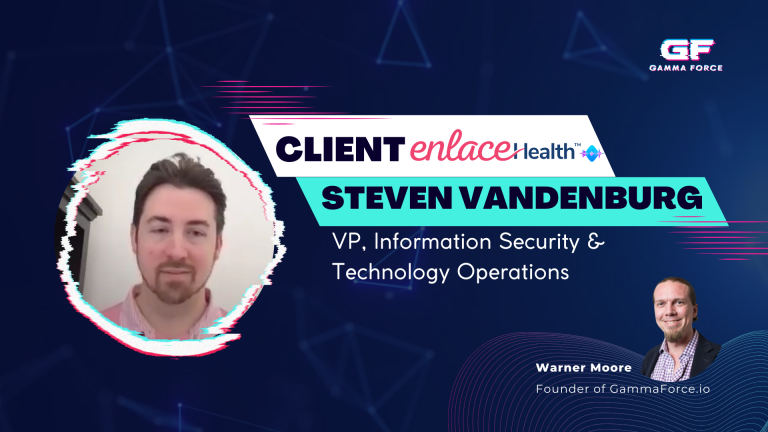Project Gamma Podcast: Joe Emison, Cofounder & CTO Branch Insurance
How do you build a tech company that scales to profitability in less than a year? And what can early lessons in BBS gaming teach us about leading modern tech teams? These are just some of the topics we explore with Joe Emison, Co-Founder and CTO of Branch Insurance.
In this candid conversation, Joe shares his journey from crafting text-based games as a teen to leading a unicorn startup. Along the way, he offers practical advice on leveraging serverless architecture, fostering a customer-first mindset, and navigating the challenges of venture capital. Whether you’re a tech founder, an aspiring leader, or just curious about the intersection of technology and strategy, this interview is packed with insights you won’t want to miss.
Here’s what we cover:
-
Joe’s tech origin story and early lessons in innovation.
-
How customer focus shaped Branch Insurance’s growth.
-
The advantages of serverless architecture for modern startups.
-
Key takeaways for navigating venture capital and bootstrapping.
-
Advice for building adaptable, high-performing tech teams.
Tech Origins: From BBS Games to Networked Gaming
Warner: Joe, let’s start at the beginning. How did you get into tech?
Joe: It all began when I was about 12 years old. I got a modem and started dialing into bulletin boards. These were pre-internet times, and everything was text-based. One of my favorite games was “Legend of the Red Dragon,” created by Seth Robinson. I reached out to Seth, and he became a mentor, encouraging me to learn Turbo Pascal. That’s how I started writing my own games and eventually created “Lord Net,” which allowed players on different bulletin boards to compete.
Warner: That’s fascinating! Did these early experiences influence your career?
Joe: Definitely. They taught me the value of building something people wanted to engage with and the importance of networking and learning from others.
Warner: And what about lessons in innovation?
Joe: A big one was recognizing that simplicity often wins. Those text-based games weren’t flashy, but they had great design and engagement. That principle applies to everything I do today.
Building Customer-Centered Businesses
Warner: Fast forward to your entrepreneurial journey. You’ve built and sold multiple companies, including BuildFax. What lessons did you learn?
Joe: At BuildFax, we focused too much on collecting data and not enough on solving customer problems. It took us years to develop customer-centered products. That’s a lesson I carried forward to Branch Insurance: staying close to customers from the start.
Warner: What changes did you implement at Branch?
Joe: We prioritized customer feedback and built everything around their needs. This approach drastically reduced the time it took to deliver impactful solutions and ensured our offerings were relevant. One major shift was solving real problems instead of starting with a dataset and figuring out its use later, which was a mistake I made at BuildFax.
Scaling with Serverless Architecture
Warner: You’ve mentioned Branch is built entirely on serverless architecture. Why did you choose this approach?
Joe: Serverless architecture allowed us to simplify our data structure and eliminate unnecessary transformations. For instance, we use GraphQL, which creates a unified data schema across the front end, back end, and database. This consistency makes it easier for our developers to work as full-stack engineers and reduces team coordination issues.
Warner: Can you break that down a bit more?
Joe: Sure. Traditional setups often use normalized databases, like SQL Server or Postgres, with tables for everything—addresses, users, etc. Each layer—database, backend, and API—has to transform the data for its needs, requiring coordination between multiple teams. At Branch, we use GraphQL to maintain a single data structure across all layers, eliminating unnecessary transformations. This approach enables faster development cycles and reduces bugs.
Warner: How do you hire and manage your tech team?
Joe: We hire developers with a willingness to learn rather than relying solely on experience. By training them in our tech stack and using modern tools, we’ve built a team that’s agile and efficient. Additionally, our decision to hire generalists who could work across the stack helped us scale faster and with fewer bottlenecks.
Warner: What about security?
Joe: Security is baked into everything we do. We started with a zero-trust model and avoided having an internal network altogether. All communication goes through the same security protocols, whether it’s for employees or customers. This drastically reduces vulnerabilities.
Navigating Funding: Lessons in Venture Capital and Bootstrapping
Warner: You’ve had experience with both venture capital and bootstrapping. What’s your perspective on the two?
Joe: Venture capital can accelerate growth, but it comes with specific expectations and accountability to investors. I’ve learned to deeply understand the motivations of investors before engaging with them. With Branch, we took a customer-first approach, which made it easier to scale with or without outside funding.
Warner: What about mistakes or lessons from working with investors?
Joe: Early on, I didn’t advocate enough for myself during transactions. I learned the hard way that the cap table determines your rewards. Always understand the terms and ensure they align with your goals. Another key lesson is aligning your company’s goals with the lifecycle of your investors’ funds—this can significantly impact your decision-making process.
Key Advice for Tech Leaders
Warner: What advice would you give to aspiring tech leaders?
Joe: Engage with customers early and often. Focus on solving real problems rather than building for the sake of it. Also, understand the motivations of your partners and investors—empathy is a superpower in business. Finally, stay adaptable. Avoid becoming emotionally attached to tools or processes, and always optimize for growth.
Warner: How do you personally stay fresh in such a fast-changing industry?
Joe: I adopt a growth mindset and encourage my team to do the same. For example, we use generic project names to avoid emotional attachment, making it easier to pivot when necessary. Learning and adaptability are key to long-term success. Additionally, I make a point to stay curious and challenge my own assumptions.
Warner: Any specific tools or practices?
Joe: Yes, automation is crucial. We use automated CI/CD pipelines, integrated testing, and modern deployment practices to ensure that we’re both fast and secure. Many organizations think manual processes are safer, but in reality, automation reduces errors and improves reliability.
Stay tuned for the next episode of Project Gamma!
Spotify: link
About Project Gamma: Project Gamma, where technology meets leadership. Hosted by Warner Moore, vCISO and Founder of Gamma Force, this podcast features insightful conversations with industry leaders who are shaping the future of tech.


